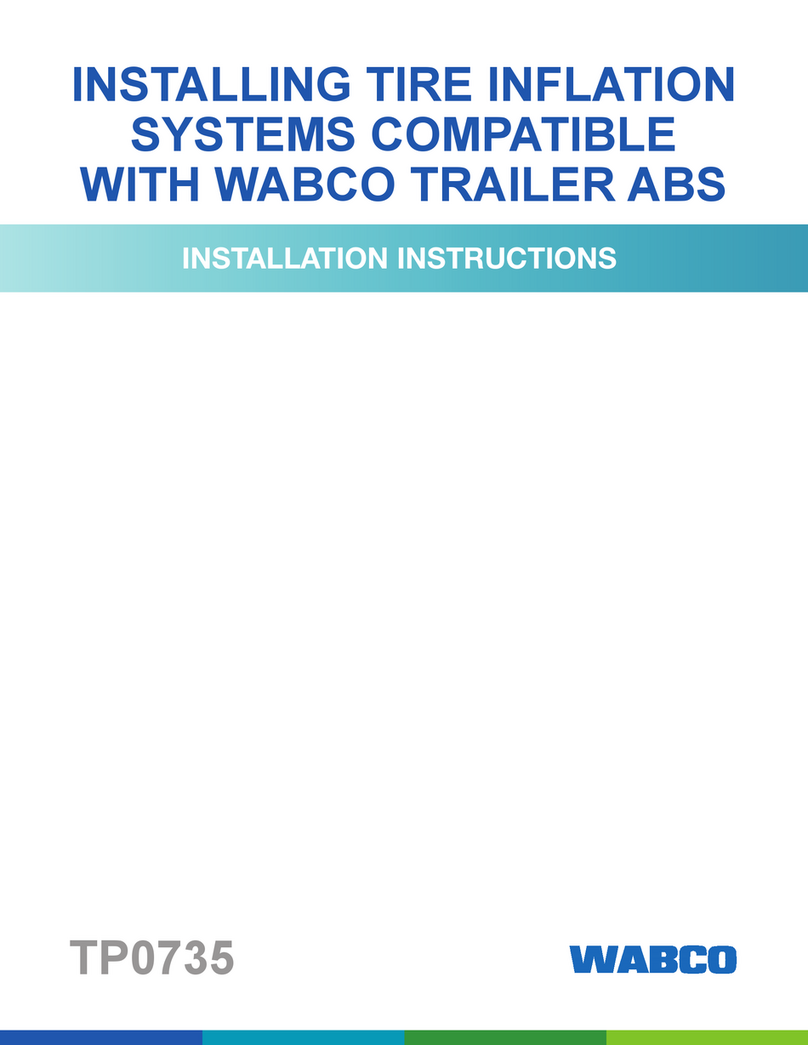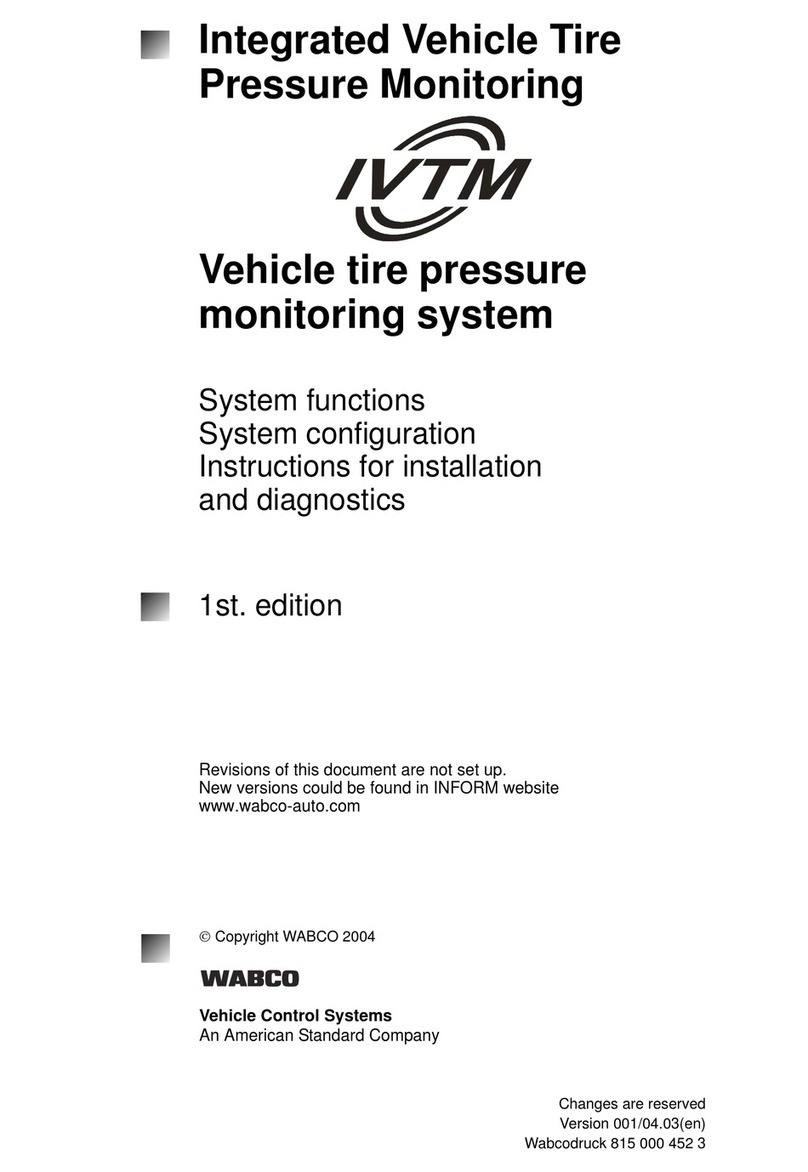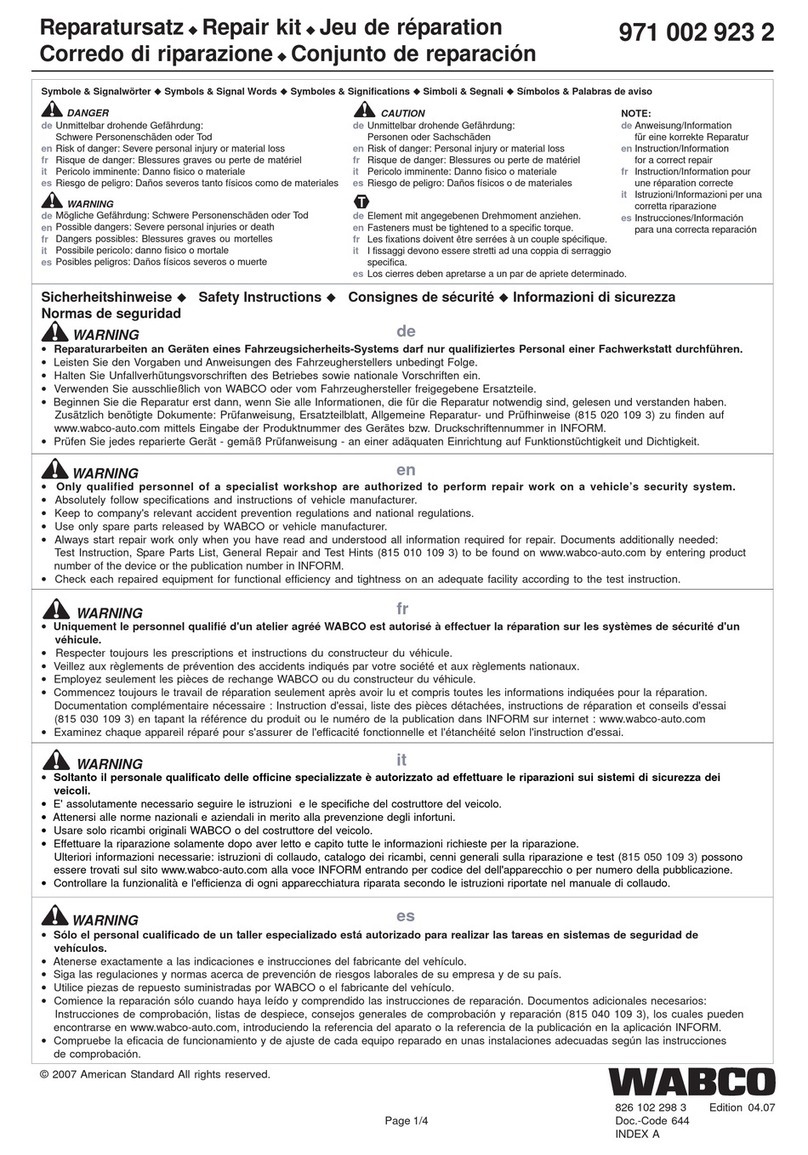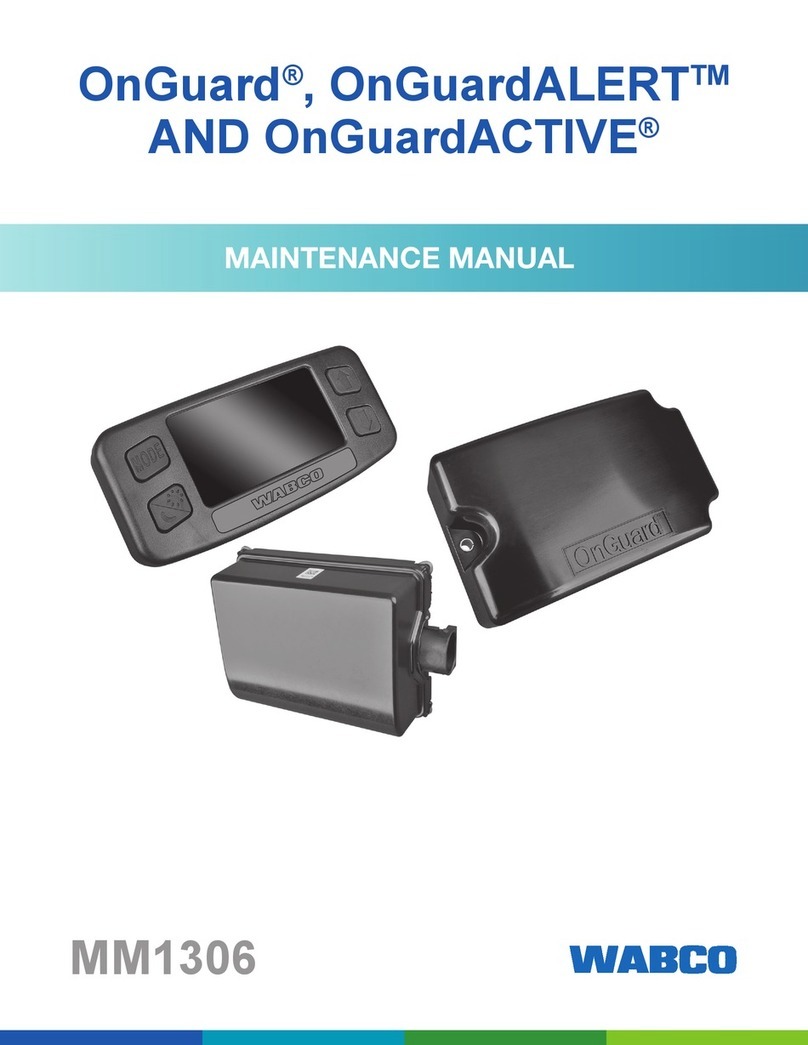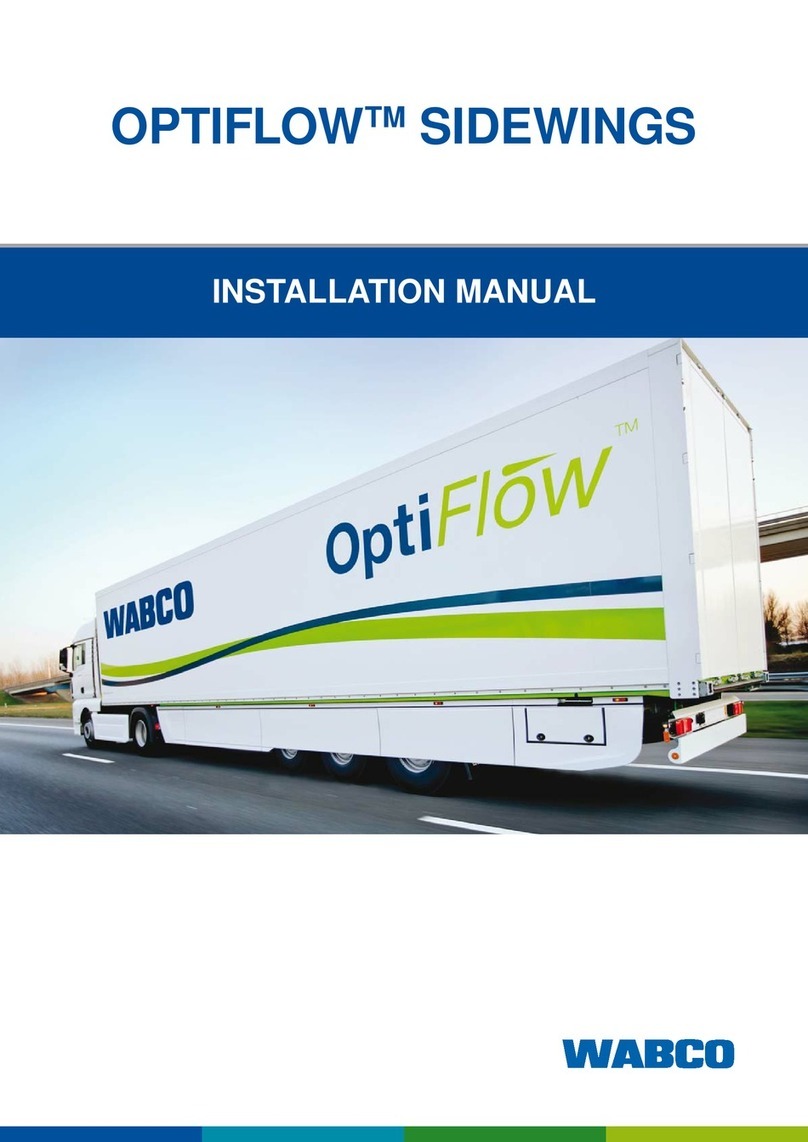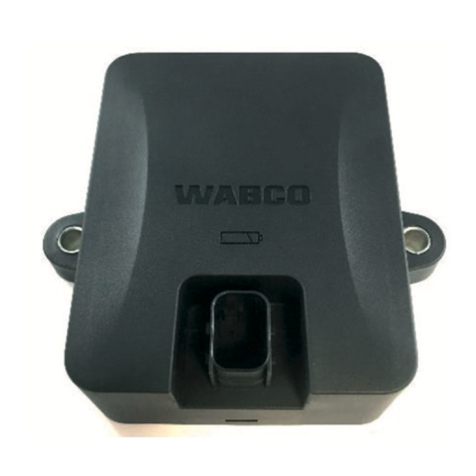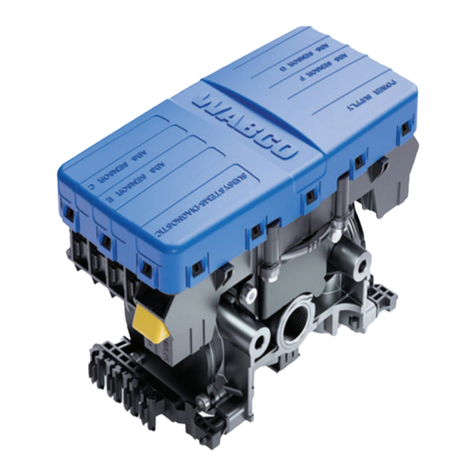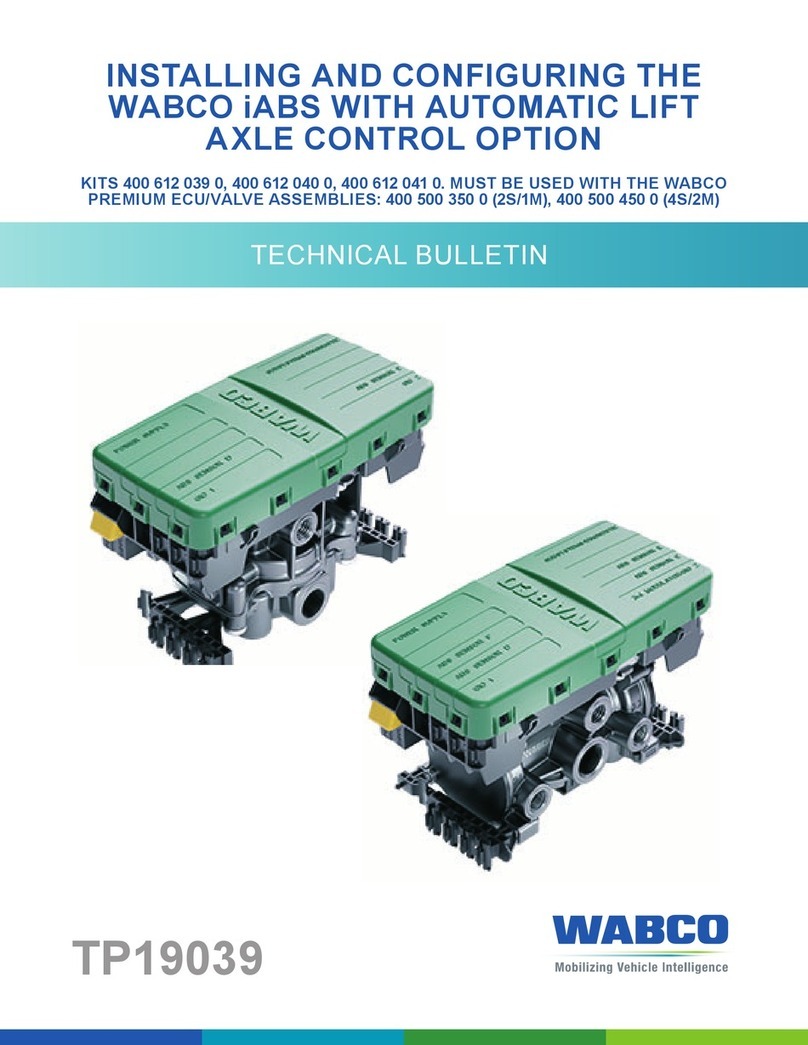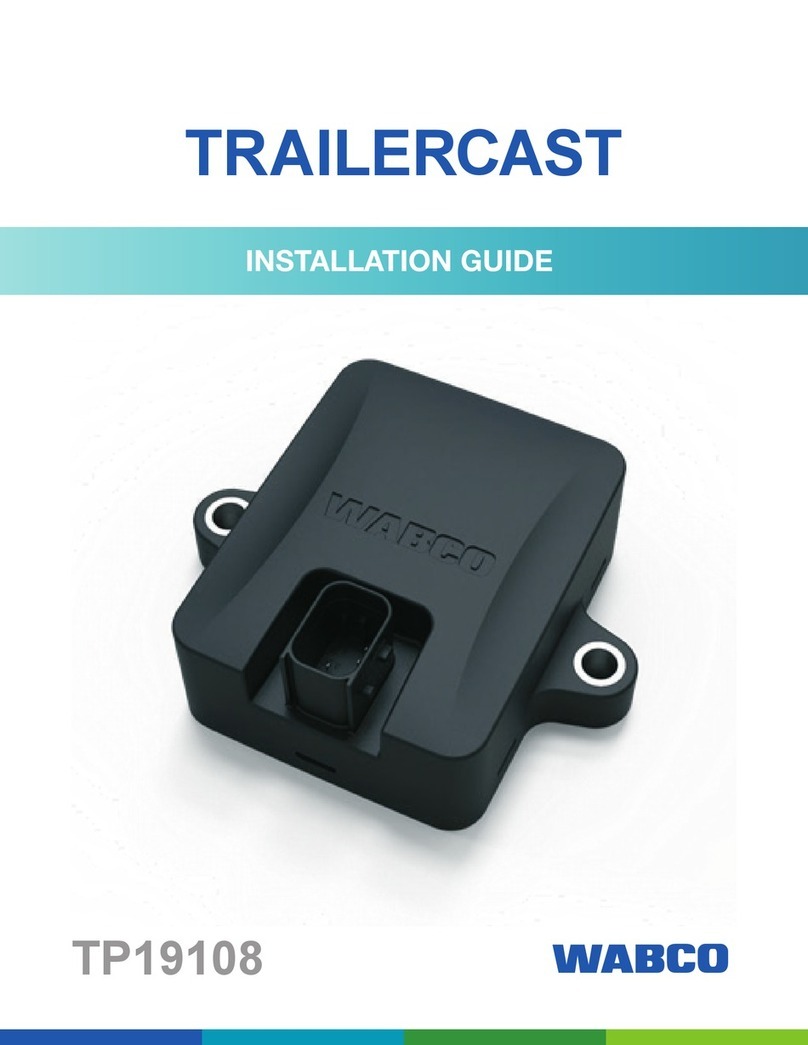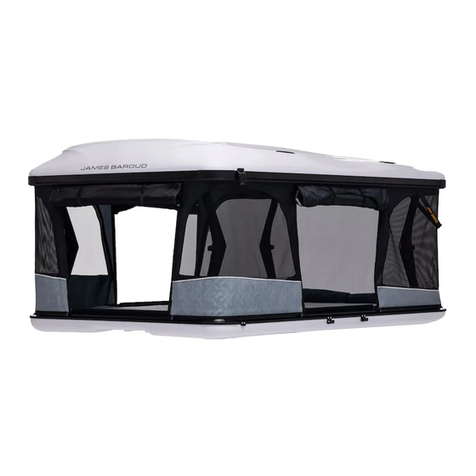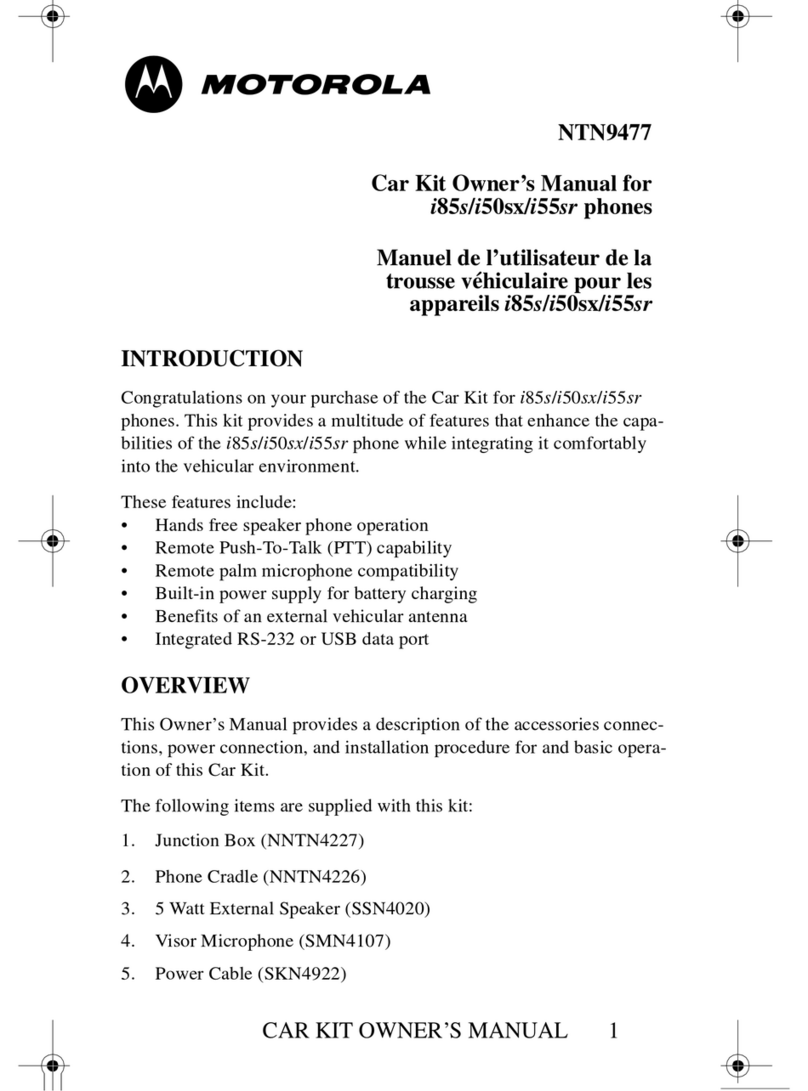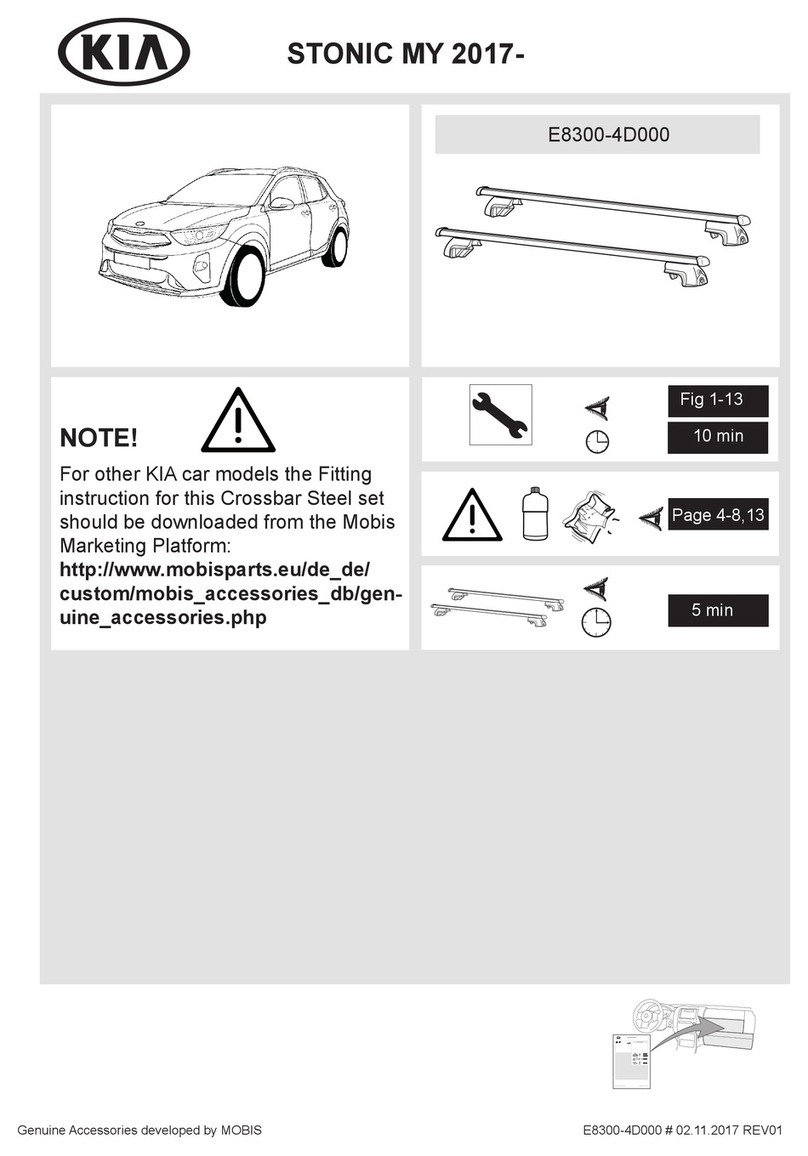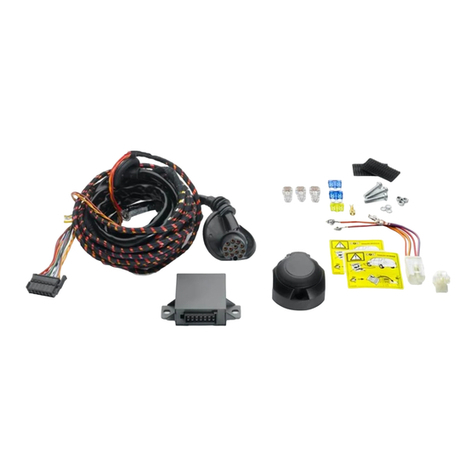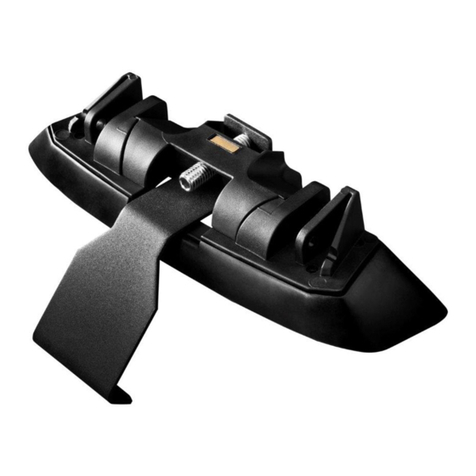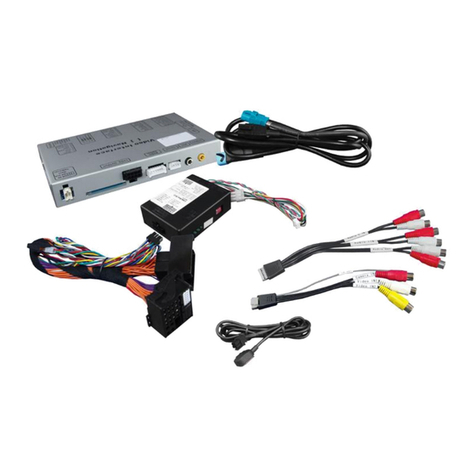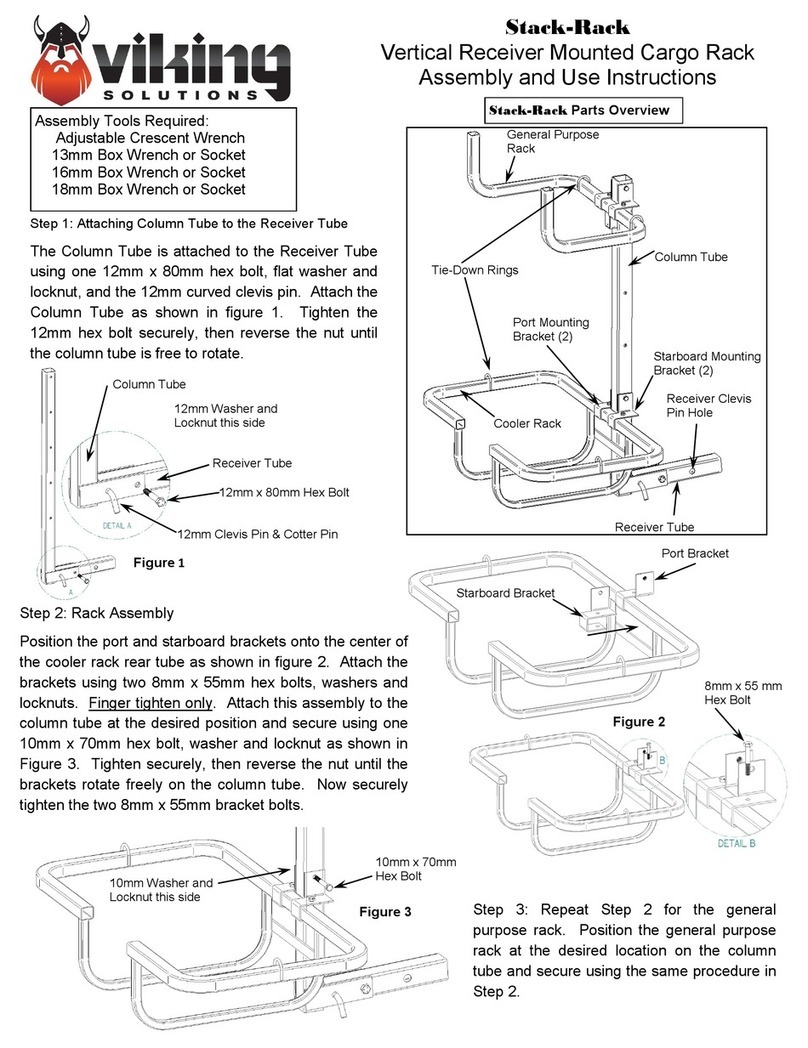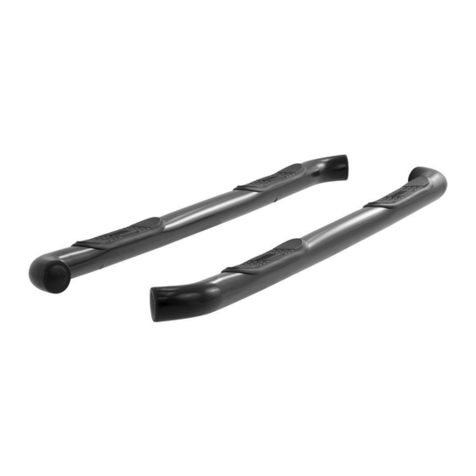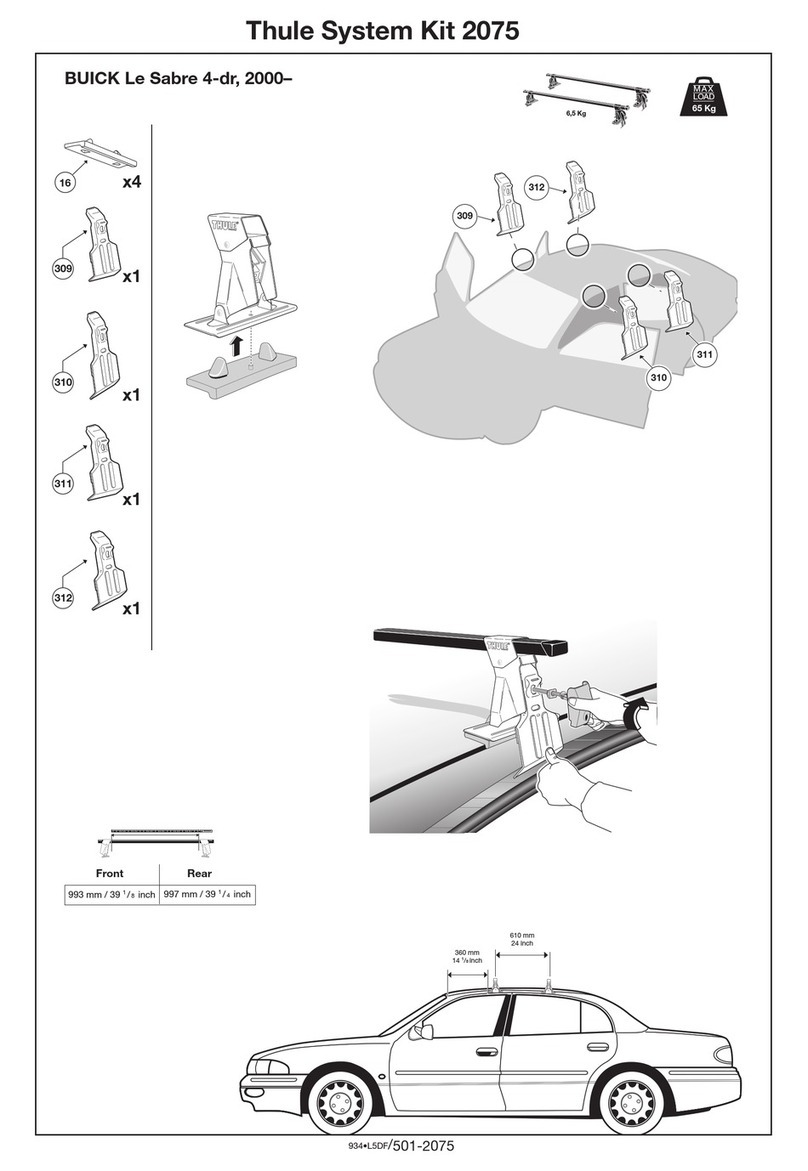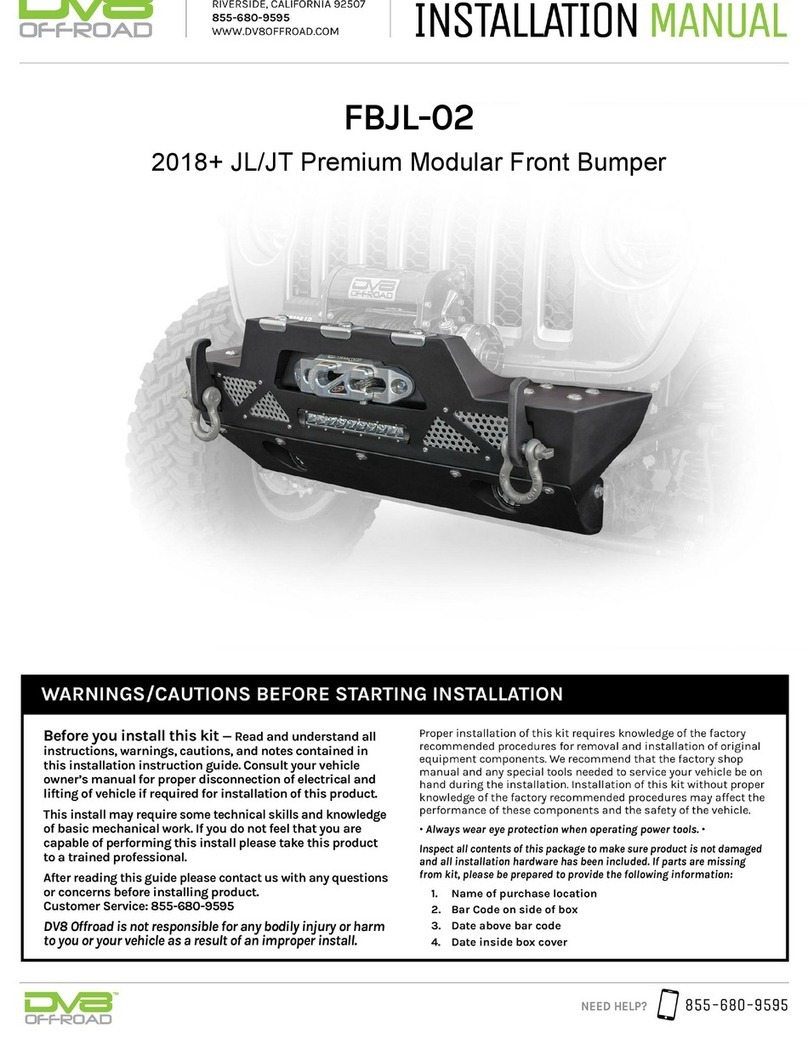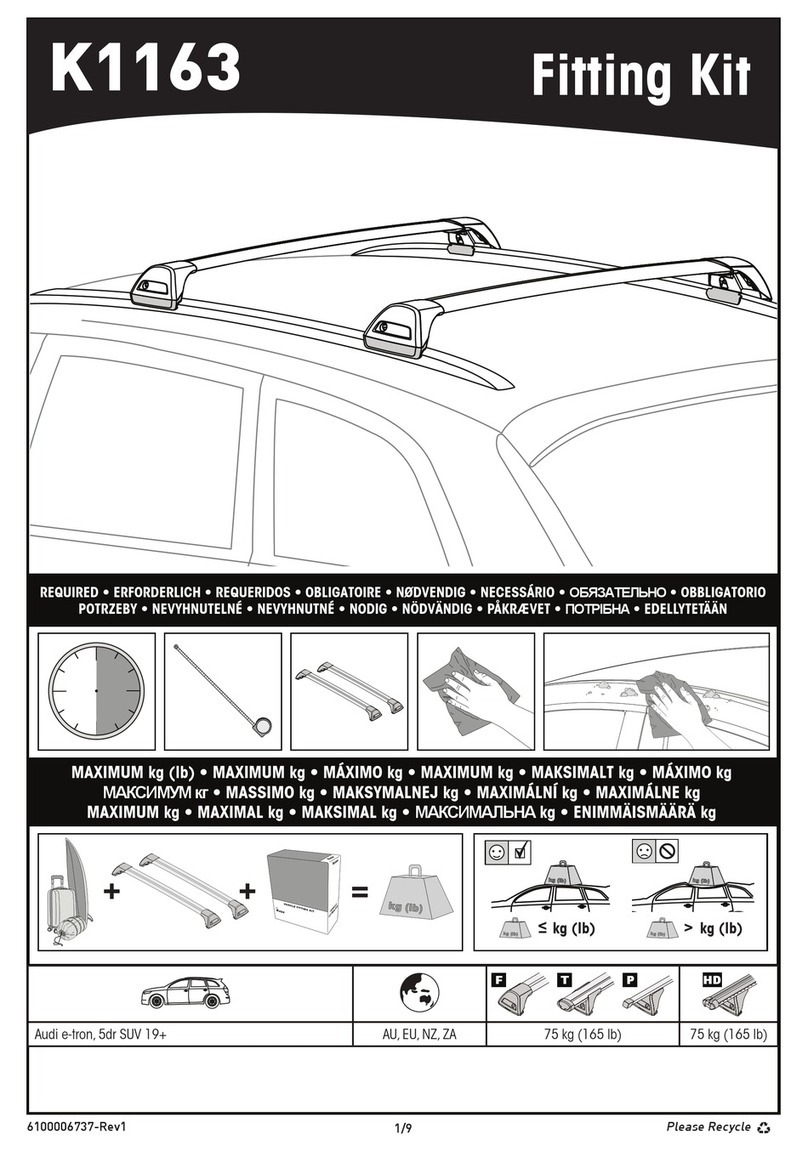
3
Table of contents
Table of contents
1 List of abbreviations ........................................................................................................................................ 5
2 Information about this document ................................................................................................................... 6
2.1 General equal treatment ......................................................................................................................... 6
2.2 Symbols used ......................................................................................................................................... 6
3 Basic safety instructions................................................................................................................................. 7
3.1 Proper use .............................................................................................................................................. 7
3.2 Obvious misuse ...................................................................................................................................... 7
3.3 Qualication and knowledge of the personnel ........................................................................................ 7
3.4 Structure and explanation of the warning notes...................................................................................... 7
3.4.1 Structure of the warning notes .................................................................................................. 7
3.4.2 Explanation of the warning notes .............................................................................................. 8
3.5 General safety instructions ..................................................................................................................... 8
3.6 Personal protective equipment ............................................................................................................... 8
4 Introduction ...................................................................................................................................................... 9
5 Technical description .................................................................................................................................... 10
5.1 Scope of supply .................................................................................................................................... 10
5.2 Technical data ....................................................................................................................................... 10
5.3 Overview graphics ................................................................................................................................ 11
5.3.1 Structure.................................................................................................................................. 11
5.3.2 Connections and operating elements on the training model ................................................... 12
5.3.3 Indicator lights ......................................................................................................................... 13
5.4 Installed systems/components.............................................................................................................. 13
5.5 ECAS remote control unit ..................................................................................................................... 14
6 Setting up........................................................................................................................................................ 15
7 Start-up ........................................................................................................................................................... 16
7.1 Establishing the compressed air supply................................................................................................ 16
7.2 Establishing the power supply .............................................................................................................. 16
7.3 Switching on the ignition ....................................................................................................................... 17
7.4 Initial start-up of EBS 3 ......................................................................................................................... 18
8 Function and operation ................................................................................................................................. 19
8.1 Brake function ....................................................................................................................................... 19
8.2 Air suspension (ECAS) ......................................................................................................................... 20
8.3 Operation with switches in the driver's cab........................................................................................... 20
8.3.1 Lighting.................................................................................................................................... 20
8.3.2 Reverse monitoring system..................................................................................................... 20
8.3.3 Lifting and lowering the lifting axle .......................................................................................... 20
8.3.4 Activating and deactivating the traction help........................................................................... 21
8.3.5 Regulation of the driving level ................................................................................................. 21
8.4 Operation with the ECAS remote control unit ....................................................................................... 21
